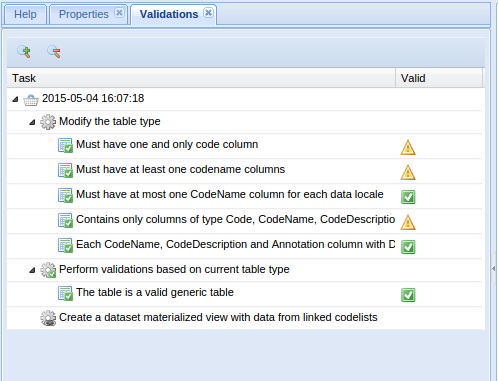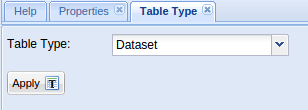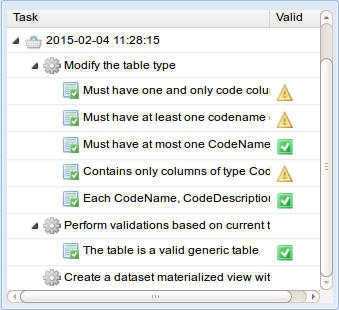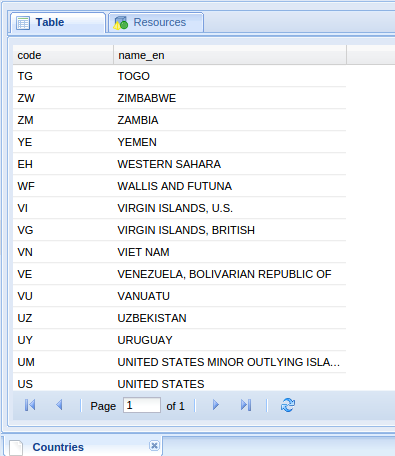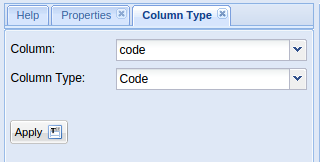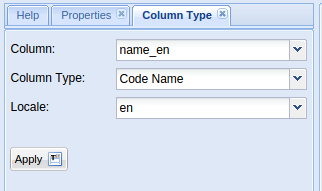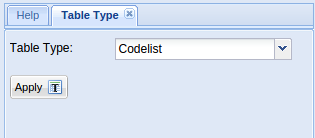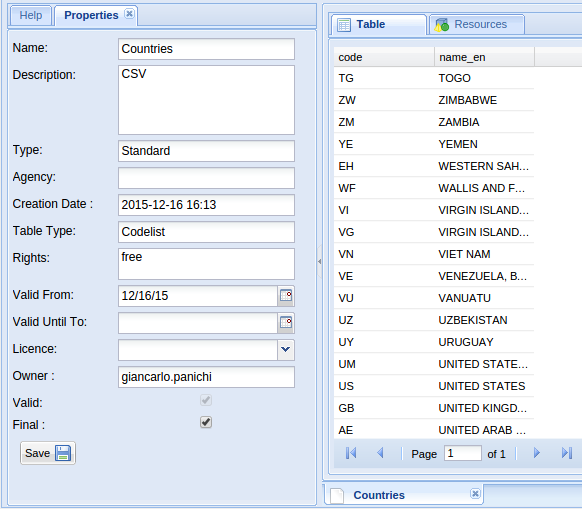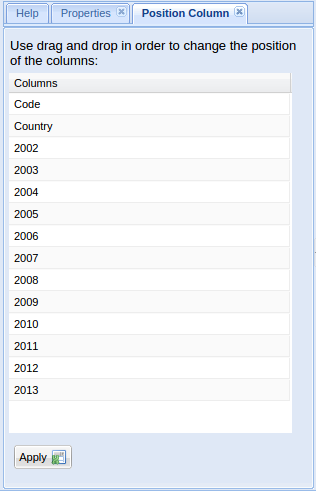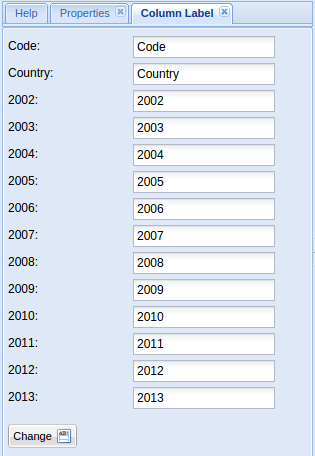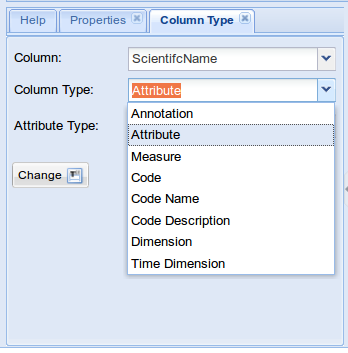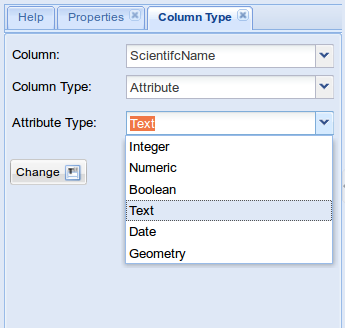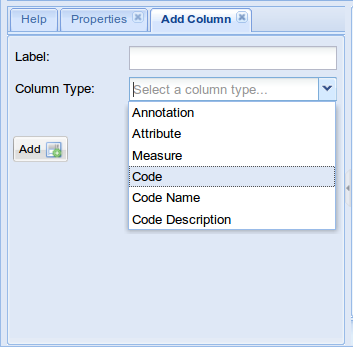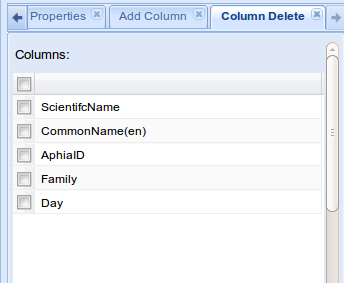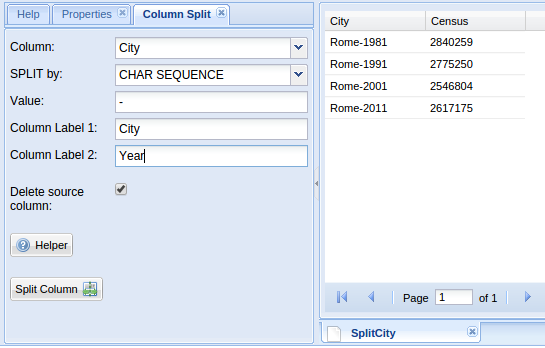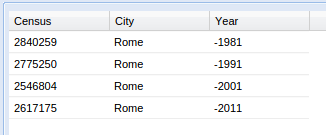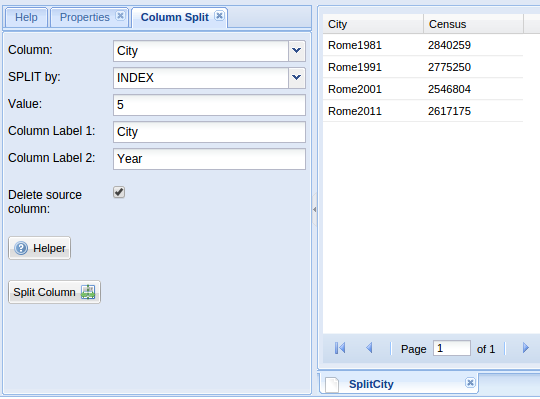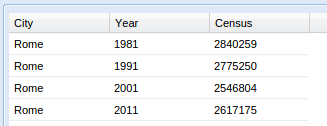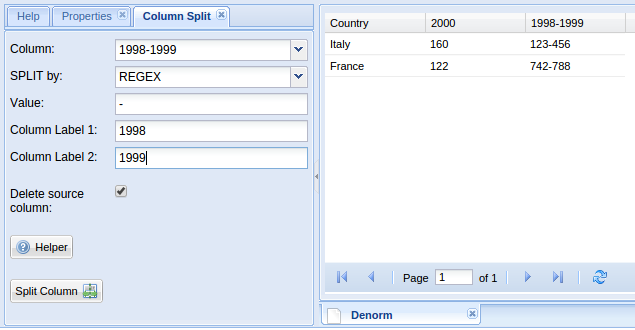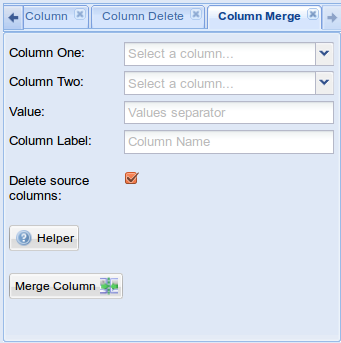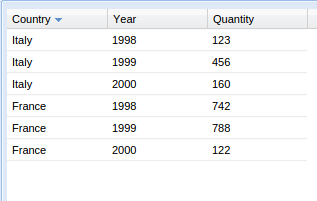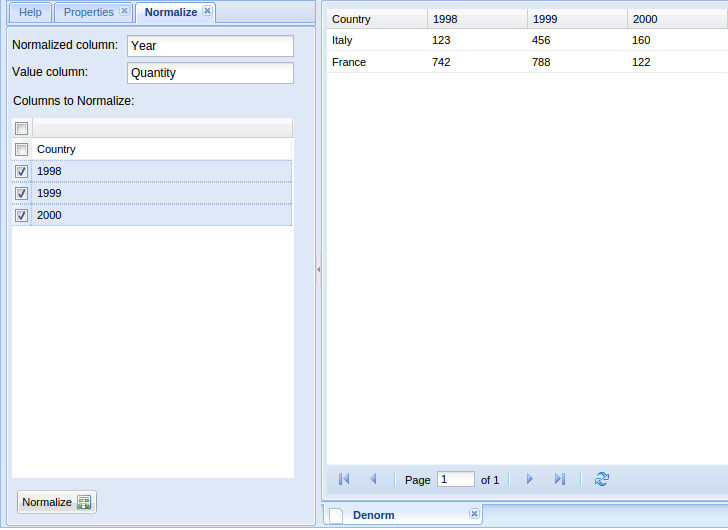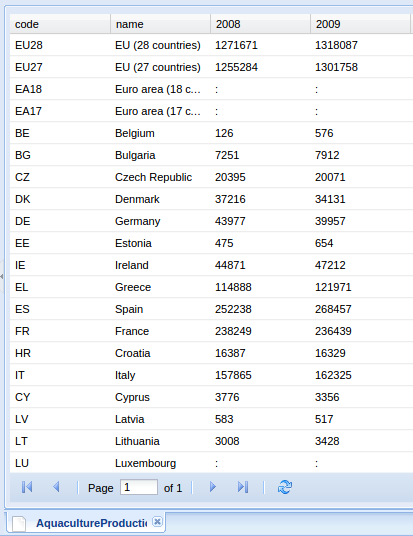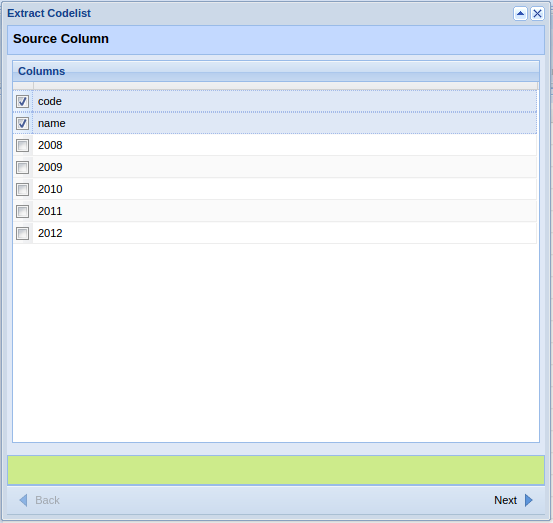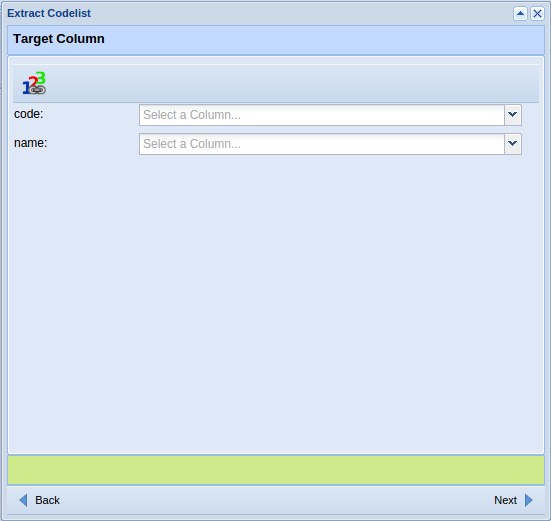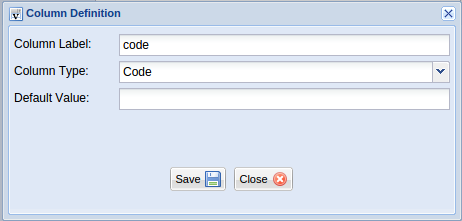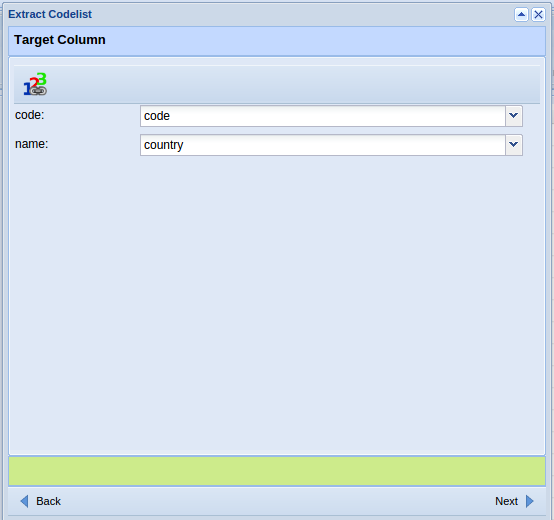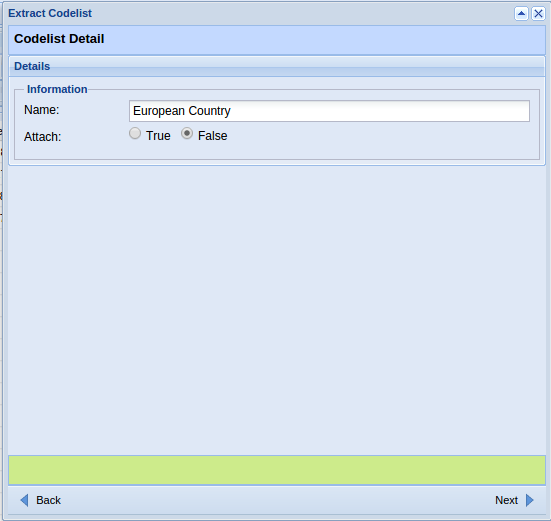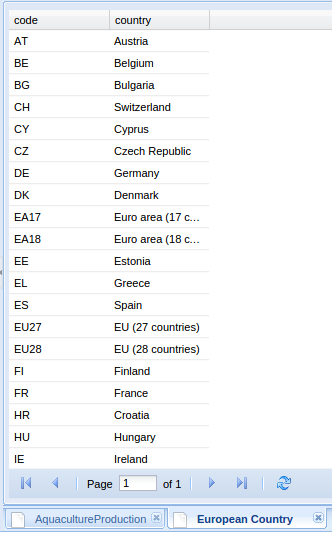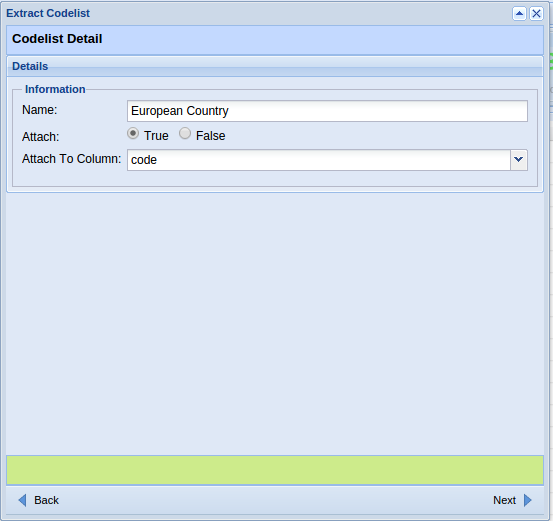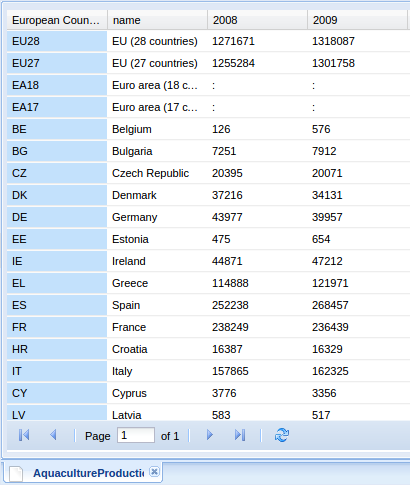Tabular Data Manager: Curation
From Gcube Wiki
Curation
Validation Menu
Show Validations
- Show validations on current tabular resource using the Show button in the Validation Menu.The users can manage validations using the context menu.
Delete Validations
- Delete validations on current tabular resource using the Delete button in the Validation Menu.
Duplicate Detection
- There is the possibility to detect duplicate in your tabular resource using the Duplicate Detection button in the Validation Menu.
Structure Menu
Table type
- This function allows to define the table type of your resource.
- In case the structure of the table will not support one of the selected table type, the operation will save and the validation tab on the left panel will report the errors.
Codelist
- This is an example of how to create a Codelist. Given a tabular resource of generic type:
- Set code column
- Set code name column
- Change table type to Codelist
- Set tabular resource final and save properties
Position Column
- Users can change the position of columns.
Labels
- Users can change all the column labels of the tabular resource all at once using the Labels button.
Column type
- this is a very important function to define the type of columns of your table and therefore properly manipulate its data. Users can define per column the column type and its attributes.
Add column
- By specifying a label and a column type, users can add a column per time to their tabular resources.
Delete column
- The left side panel allows to select the column to delete all at once.
Split Column
- The column of a tabular resource can be split accordingly to different criteria: 'char_sequence', 'index', and 'regex'.
- Here below, an example of the application of the CHAR SEQUENCE method in the Column Split function:
- The original table is transformed into:
- Here below an example of the application of the INDEX method in the Column Split function:
- The original table is transformed into:
- Here below an example of the application of the REGEX method in the Column Split function:
- The original table is transformed into:
- N.B. Value is a POSIX Regular Expression
Merge column
- Users can decide to merge two column and to create a new one. The original separated columns can be deleted or not. A new column label has to be specified.
Denormalize
- A table resource can be denormalized using the Denormalize button in the Structure menu of the Curation tab:
- The original table, can be transformed by selecting the Value column and the Attribute column.
- By setting 'Quantity' as value column and 'Year' as attribute column we will obtain the table:
Normalize
- If you want to normalize the data in your Tabular resource, you can continue as follow:
- Considering the structure of our table you will name a Normalized and a Value column. The system will create these two new columns at the end of the normalization.
- In the pop-up setting windows, the Normalized Column will be the column containing the normalized variables, whereas the Value column will contain the values of the normalized data (i.e Normalized column: 'Year', Value column:'Quantity' and columns to normalize '1998', '1999' and '2000' )
- The original table is transformed into:
Helper Menu
Extract Codelist
- There is the possibility to extract a codelist from Tabular resources. Let's use the table below:
- Click on the Extract codelist button, in the Helper menu of the Curation tab:
- Select the columns, for example 'code' and 'name':
- Define the target column, for example new column:
- Define the label and the type of your new column:
- The target column should appear as follow:
- Choose a name for the new codelist:
- A new codelist is extracted now:
- If you want to directly connect the tabular resource to the codelist extracted, you must set attach on detail so:
- The original tabular resource is attached to new codelist:
- Note: in this case the extracted codelist is set to final automatically.

